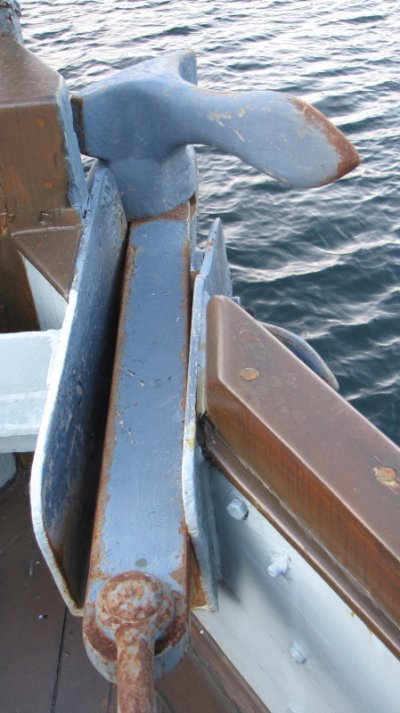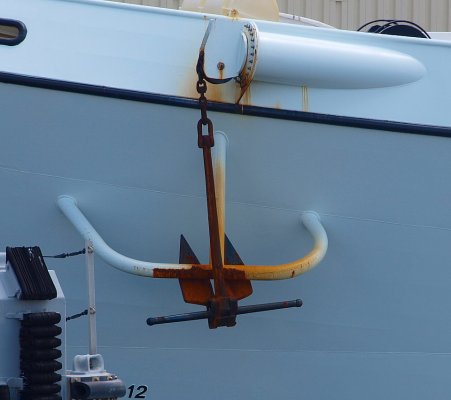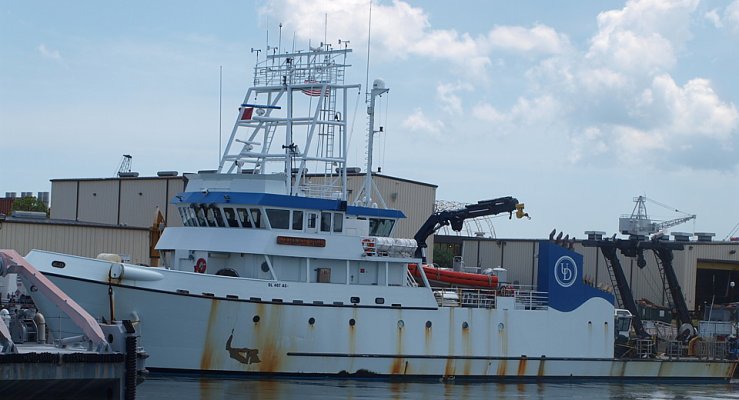Nomad Willy
Guru
I've never had much faith in light weight anchors, I much prefer an anchor one or two sizes over what the manufacturer calls for especially in high winds with a chain rode. With a heavy rode you might not even need the anchor. LOL. Our navy uses heavy anchors on their large ships.
Just my SSO.
The only anchor I know of that's lightweight as in being aluminum has never performed really well unless it's the Fortress brand. The steel anchors have never been threatened by an aluminum revolution. And I secretly wonder how an exact duplicate of a Fortress would perform. The next revolution could indeed be aluminum. But several (at least) have tried.
Fortress had their small anchor (in the Chesapeke test) penetrate better in one situation and penetration is probably universaly better. But weight dosn't guarantee penetration. The Navy anchor is evidence of that being essentially a bulldozer.
But re your response ... Compared to "old" anchors all these "new" anchors are lightweight .... much smaller/lighter than the older anchors they have to some degree replaced. Will the anchors of the future be lighter/smaller yet? Yes and no IMO. Physics will probably prevent the next seemingly revolutionary anchor development but better anchors still will come to pass. But the old dogs will probably be better in certain ways just like the old anchors are now. I see no "new" anchors on ships. But even there advances are being made.
Bigfish, an anchor is only small or light relative to how big and heavy it needs to be. Anything else is a waste, undesirable and even a sign of paranoia. Every part of a boat should be a certain size, weight ect. Cleats, the bolts or screws that hold them, window glass, hull thickness ect ect. And there are those loaded barge boats that have many many things that are much too heavy. There is a reasonable weight for everything and going to excess puts other things at risk.
I don't recall anyone saying they bought a new anchor and since it had three times the performance they bought an anchor 25% lighter. They almost always buy a heavier anchor. Why? As to weight and strength of things ideally testing should be done w decending (size/weight) of components until failure is achieved. Then it will be known how big or strong something should be. Having a well ballanced and designed boat w an anchor that's twice as big as needed won't upset the apple cart. But a boat w many many things too heavy will definitely make a boat a dog ... that can't swim.
So I strive to keep weight to sensible limits w everything on my boat. I've done a bit of anchoring w small anchors and not had a performance failure due to anchor size or weight. Should I go to a 40lb anchor because some guy on TF says "bigger is better" .... I think not.







